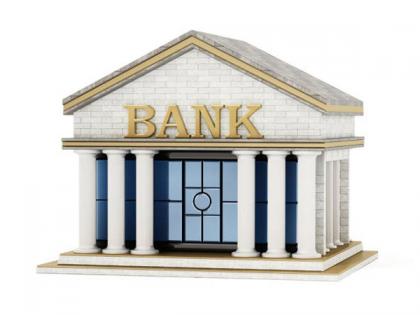Retail loan stress may push NPAs higher in H1FY26: CareEdge Ratings
By ANI | Updated: June 14, 2025 13:53 IST2025-06-14T13:47:17+5:302025-06-14T13:53:26+5:30
New Delhi [India], June 14 : Non-performing assets (NPAs) in India's banking system are likely to increase slightly in ...

Retail loan stress may push NPAs higher in H1FY26: CareEdge Ratings
New Delhi [India], June 14 : Non-performing assets (NPAs) in India's banking system are likely to increase slightly in the first half of FY26, mainly due to rising stress in the retail loan segment, particularly unsecured personal and microfinance loans, according to a report by CareEdge Ratings.
The report projected that the Gross NPA (GNPA) ratio for Scheduled Commercial Banks (SCBs) will see a marginal uptick from 2.3 per cent at the end of FY25 to around 2.3-2.4 per cent by the end of FY26.
It said "with the personal loans segment facing stress, especially unsecured personal and microfinance loans, the overall fresh slippages are expected to rise.... NPAs continued downward trend in FY25, potential uptick anticipated FY26 onwards".
Although the report added that this will be partially offset by corporate deleveraging and a declining trend in the stock of GNPAs.
Over the past few years, the GNPA ratio has shown consistent improvement, declining steadily since March 2019. This trend continued through FY20 and FY21, even during the pandemic, partly due to regulatory relief measures such as NPA recognition forbearance and moratoriums.
The ratio further improved in FY25, reaching 2.3 per cent by the end of Q4.
The report noted that this improvement was supported by several factors including recoveries, higher write-offs by banks, and lower slippages.
The report highlighted that all bank groups witnessed a reduction in slippages during FY25. However, private sector banks (PVBs) continued to record a higher slippage ratio than public sector banks (PSBs), mainly due to increased NPA formation from unsecured lending to individuals and small businesses.
The retail and services sectors have also witnessed significant improvements in asset quality. GNPA in the services sector dropped to 2.3 per cent in December 2024 from 7.2 per cent in March 2020.
Despite this, stress remains in retail NPAs, largely stemming from unsecured personal loans, education loans, and credit card dues.
The report also noted a structural shift in India's credit landscape, with banks increasingly focusing on retail loans. This change has been supported by higher access to personal credit and a fall in corporate borrowing due to deleveraging and alternative financing options.
As of December 2024, household debt in India stood at 42.1 per cent of GDP, still low compared to emerging market peers but steadily rising over the past three years. Sub-prime borrowers have mostly taken loans for consumption, while super-prime borrowers have used debt to build assets, particularly through housing.
While the overall asset quality remains healthy, the report cautioned that the rising stress in unsecured retail segments could lead to an increase in fresh slippages and slower recoveries in the months ahead.
Disclaimer: This post has been auto-published from an agency feed without any modifications to the text and has not been reviewed by an editor
Open in app